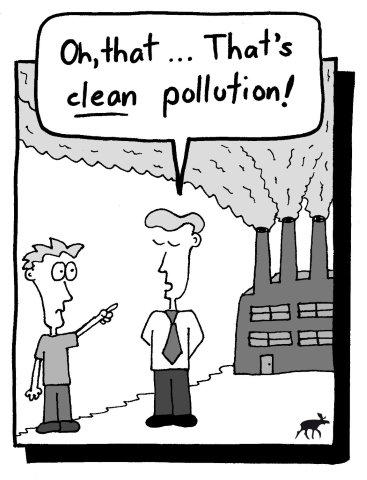Two months after December’s Paris climate negotiations, Christiana Figueres, executive secretary of the UNFCCC* gave a TED talk on the conference’s preliminary success. The last heavyweight conference of the parties having ended disastrously 6 years’ earlier in Copenhagen, Figueres explained that her strategy had been to approach her work with unwavering optimism.
That optimism was in plain sight at last Friday’s signing ceremony in New York, where 175 countries signed the agreement reached at the COP21 in December, breaking a new record. But, like most environmental stories, reading beyond the headline can make anyone’s sense of optimism falter. For one, the agreement will not be operational until countries representing at least 55% of the world’s pollutants ratify the accord back home. That means the deal is still dependent on being passed through a notoriously inept US Congress and approved by each of the 28 EU member states before the US and the EU bloc, together representing 30% of global greenhouse gas emissions, can legally participate. By some estimates, the earliest the 55% mark will be reached is 2018 – that’s another 2-3 years successively labelled “the hottest year on record” before any real action will be taken on an international scale.
Until then, national environmental protection laws do exist; and they appeared to want to prove their effectiveness just in time to mark this year’s Earth Day on April 22nd. Germany, once the preacher of unbending compliance to all things regulatory, saw its top car manufacturers recall over half a million diesel cars last week to fix the software technology managing vehicle emission levels after a “government-commissioned test found irregularities” in several models. To Germany’s certain relief, news of the recall was slightly marginalized by the scandal engulfing fellow Japanese car maker Mitsibushi, which revealed it had not been completely candid – over the past 25 or so years – in the fuel efficiency data of its cars.
Then there’s China. China, China, China…a country that seems to find itself perpetually a victim of bad press, despite its sincere efforts to the contrary. This time, the environmental/health disaster was focused on Jiangsou province, where local officials denied any relation between 500 sick school children and the toxins from several now defunct chemical plants. True, 500 is anything but an astonishing figure by Chinese standards, but in a school of just 2400 pupils that would imply 1 in 5 children have been affected by rashes, nausea, nosebleeds, and, in a few cases, leukaemia.
In an uncanny political rendition of “it wasn’ me”, the city in which the school is located stated that “tests conducted last month at the behest of the school and parents showed indoor air quality, soil and groundwater were all up to national standards.” According to state broadcaster CCTV, however, “school and local officials may have only tested the site for common pollutants but overlooked chemicals and heavy metals involved in pesticide manufacturing next to the school site.”

Greenwashing cartoon, courtesy of EMG CSR cartoons
So, we can deduce that environmental “national standards” and China aren’t exactly concepts that marry well. Even though some minimal standards exist, the ingenious decision was still taken by the school to build their premises on the site of a former pesticide production plant. It seems that, more than in any other country, the bottom line of creating profit and sustaining economic growth – no matter the human and environmental cost – is ingrained at every level of Chinese society. So when President Xi Jinping’s government claims fighting global warming is important and that it will ratify the Paris agreement by September, its words are met not so much with a sense of hope as with dreaded fear that we are likely experiencing the start of the biggest case of greenwashing the world has ever seen.
That said, it’s unfair to point the finger solely at China – especially considering its nascent industrial revolution is 150 odd years younger than Europe’s. Considering Britain and other European countries have had a significant head start in acclimatizing themselves to the benefits and hazards of industrialization, they also systematically put the demands of the chemical and agricultural industries above the health interests of their citizens – albeit in a more discreet fashion. Sunday’s edition of Le Monde reported how the European Commission is proposing to vote the 10-year relicensing of glyphosate – a herbicide which the WHO’s International Agency for Research on Cancer has labelled a probable carcinogen and endocrine disruptor. What’s more, in a show of complete naiveté or sheer brazenness, the article notes that the EC is turning to the industry and distributors of glyphosate products (such as Monsanto’s Roundup) to provide it with data proving or disproving the safety of the compound. In the same spirit, the Commission could propose a vote that would have 18 year olds grade their own driving test in a bid to decrease traffic-related incidents.
It was a telltale news week that well-demonstrated how our half-step forward, two-steps back dance with the environment is still going strong. But, enough with pessimism. To follow Christiana Figueres’ lead on the mystifying power of unshakeable optimism, we should at least be grateful the environment made it to the front pages of the news this time around.
__________________
- United Nations Framework Convention on Climate Change